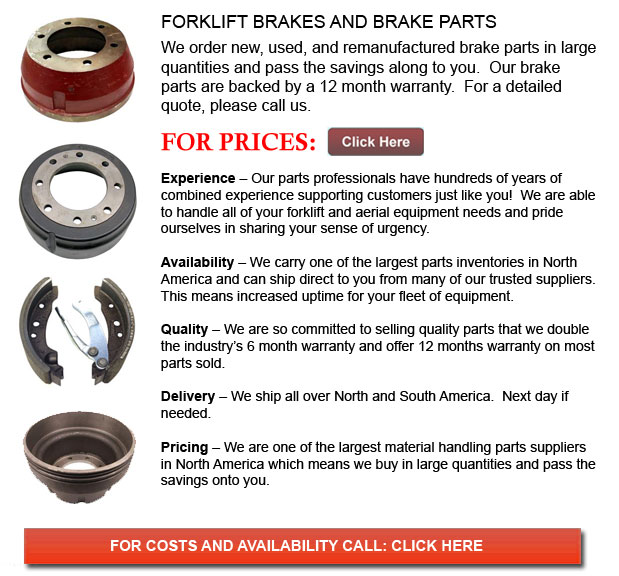
Forklift Brakes - A brake drum is in which the friction is supplied by the brake pads or brake shoes. The shoes or pads press up against the rotating brake drum. There are several different brake drums kinds along with certain specific differences. A "break drum" will normally refer to whenever either pads or shoes press onto the interior outside of the drum. A "clasp brake" is the term used in order to describe whenever shoes press against the outside of the drum. One more kind of brake, referred to as a "band brake" utilizes a flexible belt or band to wrap round the outside of the drum. If the drum is pinched in between two shoes, it could be known as a "pinch brake drum." Like a standard disc brake, these kinds of brakes are rather rare.
Early brake drums, previous to 1955, required to be constantly adjusted so as to compensate for wear of the shoe and drum. "Low pedal" could result if the needed adjustments are not done sufficiently. The vehicle could become dangerous and the brakes could become ineffective whenever low pedal is mixed together with brake fade.
There are quite a few different Self-Adjusting systems for braking obtainable these days. They could be classed into two separate categories, the RAD and RAI. RAI systems are built-in systems which help the device recover from overheating. The most well known RAI manufacturers are Bosch, AP, Bendix and Lucas. The most famous RAD systems comprise Volkswagen, VAG, AP, Bendix and Ford recovery systems.
Self repositioning brakes normally make use of a device which engages just whenever the motor vehicle is being stopped from reverse motion. This stopping approach is satisfactory for use where all wheels make use of brake drums. Most vehicles today use disc brakes on the front wheels. By functioning only in reverse it is less possible that the brakes will be adjusted while hot and the brake drums are expanded. If adjusted while hot, "dragging brakes" could occur, which raises fuel consumption and accelerates wear. A ratchet device which becomes engaged as the hand brake is set is another way the self adjusting brakes may operate. This means is just appropriate in applications where rear brake drums are used. If the emergency or parking brake actuator lever goes beyond a certain amount of travel, the ratchet developments an adjuster screw and the brake shoes move toward the drum.
Situated at the bottom of the drum sits the manual adjustment knob. It could be tweaked making use of the hole on the opposite side of the wheel. You will have to go underneath the vehicle together with a flathead screwdriver. It is very vital to be able to adjust each wheel equally and to move the click wheel correctly because an unequal adjustment may pull the vehicle one side during heavy braking. The most effective way in order to ensure this tedious job is completed safely is to either lift every wheel off the ground and spin it manually while measuring how much force it takes and feeling if the shoes are dragging, or give each one the exact amount of clicks using the hand and then perform a road test.
![]() Click to Download the pdf
Click to Download the pdf
Forklift Parts
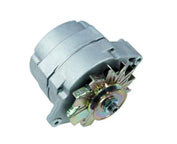
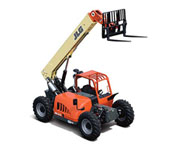
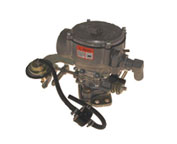
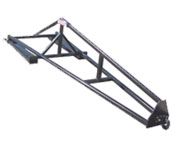
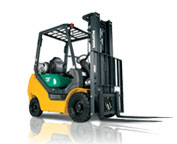
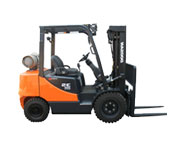
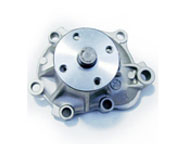
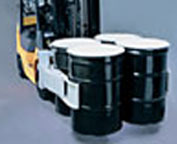
Lift Parts Express
TOLL FREE: 1-888-695-7994
LOCAL: 442-281-7816
306 WEST EL NORTE PKWY N-311
Escondido, California
forkliftpartsescondido.com
Email Us
About Us


